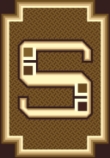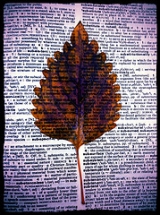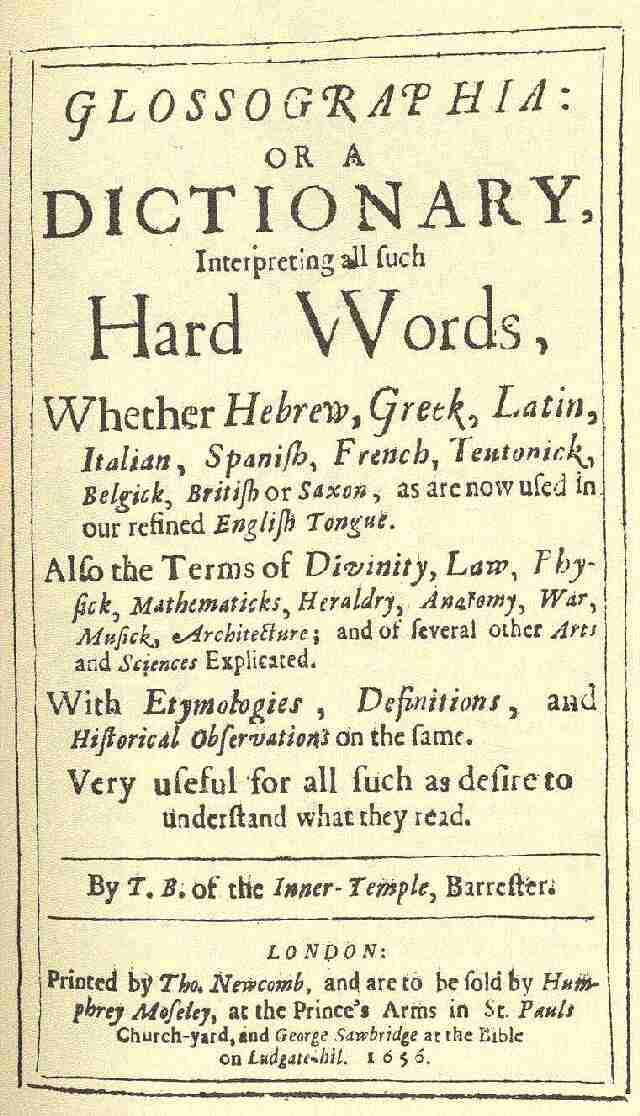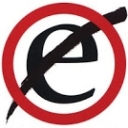
.
Numeration Books
When I'm not obsessing over words and language, my academic research into numerals and numeration occupies much of my time. I've compiled a substantial bibliography of these resources if you'd like to check out your local library. Alternatively, you might think about buying any of the books listed below either through this site (via Amazon.com's associate program) or through a local bookseller. I have read all the books below (and own almost all of them), and the reviews offered are entirely my own. Any purchases you make through this page help defray the maintenance costs of the Phrontistery. If you have any questions about any of these materials, do not hesitate to contact me and I will do my best to answer your query promptly.

|
The Universal History of Numbers (Georges Ifrah). The best book currently available on the history of written numerals, also including tally-sticks, finger-counting and other interesting topics. Ifrah's work is very large but still accessible to non-specialists, and is full of interesting anecdotes and historical curiosities. Very strongly recommended. |

|
The Anthropology of Numbers (Thomas Crump). A very good study of how numbers are conceived and used in cultures worldwide. Crump tackles the topic not only from an anthropologist's perspective, but also uses insights from psychology, philosophy and cognitive science. Very strongly recommended. |

|
Number Words and Number Symbols (Karl Menninger). The best study of the cultural history of verbal and written numbers, with an emphasis on Europe. Menninger presents a cornucopia of interesting anecdotes, marvelous images and astonishing facts. Highly readable, and requires no special education or knowledge to be enjoyed. Very strongly recommended. |

|
The Exact Sciences in Antiquity (Otto Neugebauer). This is the best study of ancient (pre-Greek) mathematics, focusing on Egypt and Babylonia. It deals with numerals, but then proceeds on to analyse the mathematical knowledge of antiquity. 50 years after its publication, it is still unparallelled as a technical resource. Very strongly recommended. |

|
A Concise History of Mathematics (Dirk Struik). A short and inexpensive history of mathematics, which, although it doesn't cover numeration in enormous detail, is an absolute must if you're interested in the subject. Probably the best and most easily readable history of mathematics for the non-specialist reader. Very strongly recommended. |
| A History of Mathematical Notations (Florian Cajori). A reprint of an older (1929) classic, for decades the best on the subject and still unparalleled on some topics. Cajori's magnum opus is getting harder to find these days, but is still very important for anyone interested in numeration or in the history of mathematics. Strongly recommended. | |

|
Medieval Number Symbolism (Vincent Hopper). An excellent scholarly analysis of the numerology and number symbolism of medieval Europe, and a remarkable remedy to the New Age numerology that seems to flow so incessantly out of publishing houses these days. Hopper's book is academic in style but deals with an extremely interesting topic. Strongly recommended. |

|
Mathematics and Measurement (Oswald Dilke). A short book, primarily focused on Greek and Roman numeration and mathematics. Intended for undergraduate and non-specialist audiences, it is nonetheless very strong on factual matters, and it is short and inexpensive enough to be a useful addition to any collection. Strongly recommended. |

|
Mathematics in the Time of the Pharaohs (Richard Gillings). The best book on the market on the history of Egyptian numeration and mathematics. No, the pyramids weren't built by aliens, but by a complex civilization with strong mathematical interests. Easily accessible and understandable to non-specialist audiences. Strongly recommended. |

|
Africa Counts (Claudia Zaslavsky). The only comprehensive book available on African counting, numeration and mathematics, it's fortunate that it's a strong one. Zaslavsky uses anthropological and historical data from throughout Africa to make the persuasive case that African mathematics is an interesting and useful topic. Strongly recommended. |

|
Mathematics of the Incas (Robert and Marcia Ascher). A very interesting study of the quipu knotted cords used to communicate numbers in the Inca civilisation. It will introduce you to the marvelous Inca world through their mathematics and numerals. Easily readable, without too much higher math or complex jargon. Strongly recommended. |

|
The Number Sense (Stanislaus Dehaene). A popular study of numeration from the perspective of cognitive psychology and neurology. The best analysis of how the brain processes number, if a bit spotty at times on historical and anthropological subjects. The good thing is that you don't need to be a brain surgeon to understand it. Strongly recommended. |
| Archaic Bookkeeping (Hans Nissen and Peter Damerow). Not nearly as boring as you might think, it's more about Sumerian numeration and numeracy than about accounting, the most deadly boring subject there is. Damerow and Nissen use archaeological evidence from millennia-old clay tablets to reconstruct how the ancient peoples of Mesopotamia thought about and with numbers. Strongly recommended. | |

|
How Writing Came About (Denise Schmandt-Besserat). The title is misleading - it's not so much about writing as it is about how Sumerian numerals and counting led to the first writing system, Sumerian cuneiform. A decent abridgement of her massive Before Writing, without getting too heavy on the technical details. Strongly recommended. |
| Ethnomathematics (Marcia Ascher). Ascher's study of the Inca (see above) has led her to this study of "ethnomathematics" - the mathematics of non-Western peoples. Interesting chapters on Polynesian navigation and African sand-drawings, though sometimes her conclusions seem a bit overextended. Still, there is no similar volume for non-specialists. Recommended. | |

|
Native American Mathematics (Michael Closs). Though the production values are a bit weak, this edited volume of papers is worth having because it is the only one dedicated specifically to the mathematics of the Americas (including the Maya and Aztecs). A few of the papers are rather dubious in quality, but otherwise a solid volume. Recommended. |

|
Numbers : The Universal Language (Denis Guedj). A short and glossy non-specialist book, full of lots of interesting images and number-related historical anecdotes. Largely derivative of Crump and Ifrah (see above), but a good and inexpensive starting place. Though small, it's still the most visually attractive book on numeration. Recommended. |

|
The Mystery of Numbers (Annemarie Schimmel). The best of all the books on the topic of the symbolic meanings of numbers throughout history. This is a re-edition of an older German work, much improved and translated. Is far better than other numerology books because it is scholarly in data collection without falling into extraordinary mystical pronouncements. Recommended. |

|
The Social Life of Numbers (Gary Urton). An interesting study of modern Quechua (Inca) numeration and mathematics that Urton then compares and correlates with the thinking of the ancient Inca. Somewhat heavy on philosophy and anthropological theory, it's not intended for a non-specialist audience, but is still interesting if ultimately flawed. Recommended. |

|
The Nothing That Is (Robert Kaplan). An interesting examination of 0 (zero) - its history, its meaning, and its importance for the history of mathematics. Kaplan is writing to a lay audience, and I'm not sure his conclusions are all that valid, but he is an interesting writer of prose who presents this unusual topic in a compelling way. Recommended. |
I hope you have found this site to be useful. If you have any corrections, additions, or comments, please contact me. Please note that I am not able to respond to all requests. Please consult a major dictionary before e-mailing your query. All material on this page © 1996-2021 Stephen Chrisomalis. Links to this page may be made without permission.








